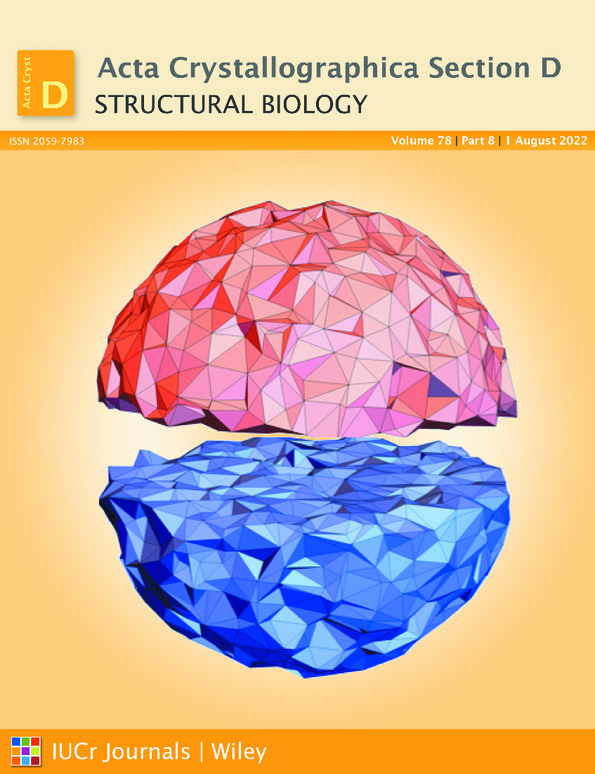α-SAS: an integrative approach for structural modeling of biological macromolecules in solution
Abstract
Modern small-angle scattering (SAS) experiments with neutrons (SANS) or X-rays (SAXS) combined with contrast variation provide comprehensive information about the structure of large multicomponent macromolecules in solution and allow the size, shape and relative arrangement of each component to be mapped out. To obtain such information, it is essential to perform well designed experiments, in which all necessary steps, from assessing sample suitability to structure modeling, are properly executed. This paper describes α-SAS, an integrative approach that is useful for effectively planning a biological contrast-variation SAS experiment. The accurate generation of expected experimental intensities using α-SAS allows the substantial acceleratation of research into the structure and function of biomacromolecules by minimizing the time and costs associated with performing a SAS experiment. The method is validated using a few basic structures with known analytical expressions for scattering intensity and using experimental SAXS data from Arabidopsis β-amylase 1 protein and SANS data from the histidine kinase–Sda complex and from human dystrophin without and with a membrane-mimicking nanodisk. Simulation of a SANS contrast-variation experiment is performed for synthetic nanobodies that effectively neutralize SARS-CoV-2.




